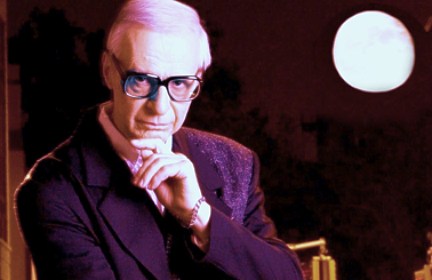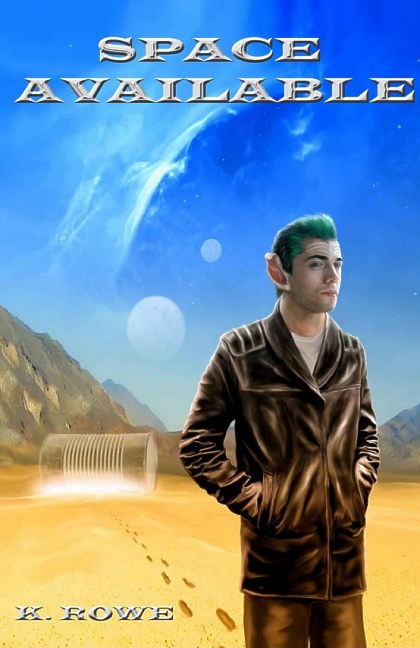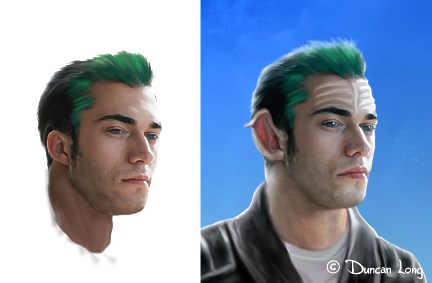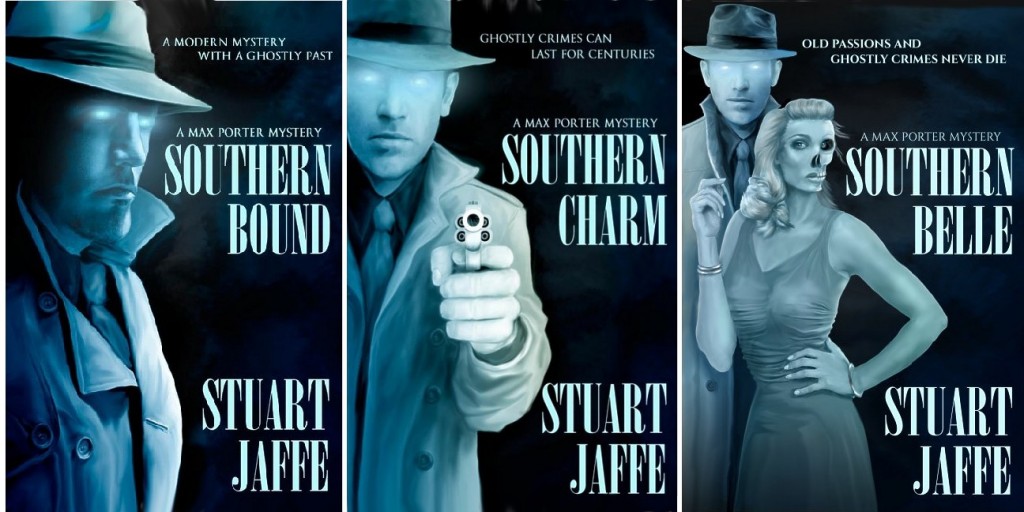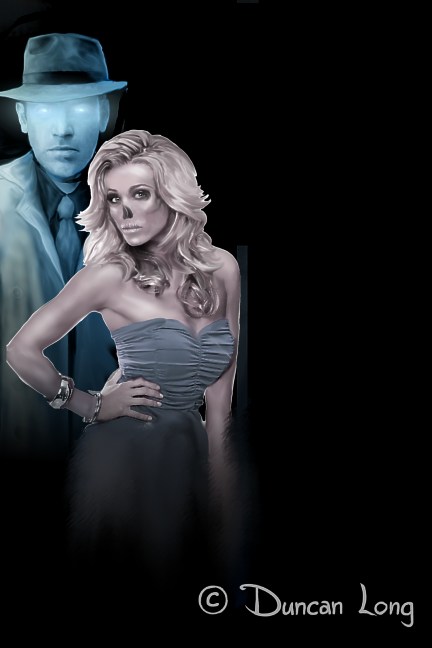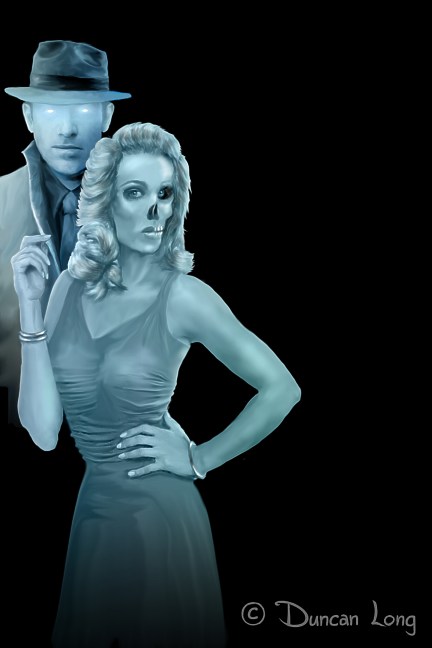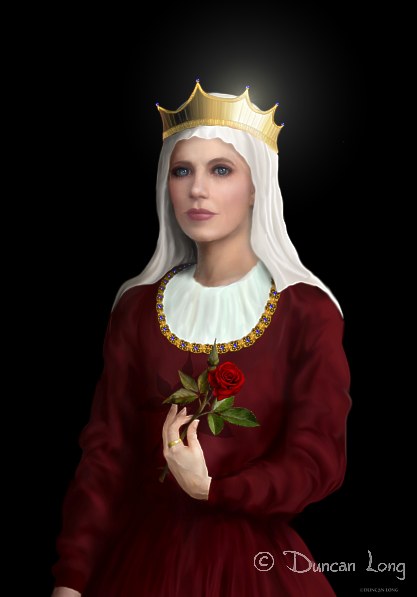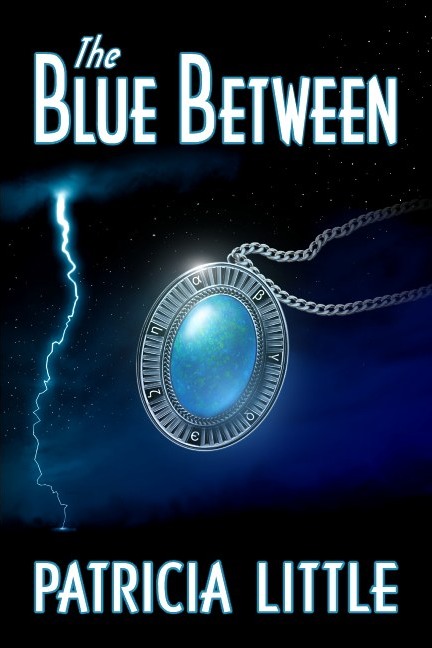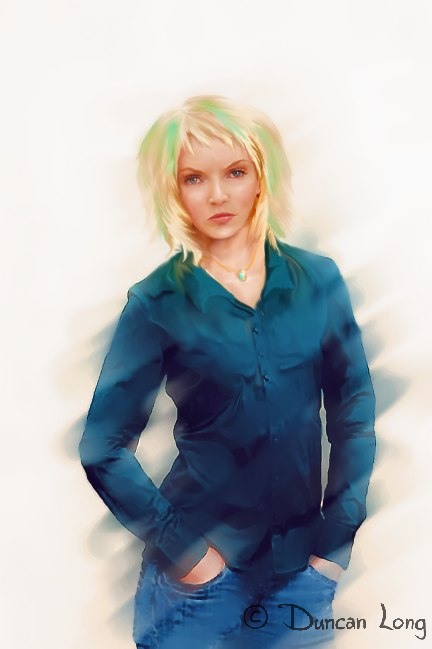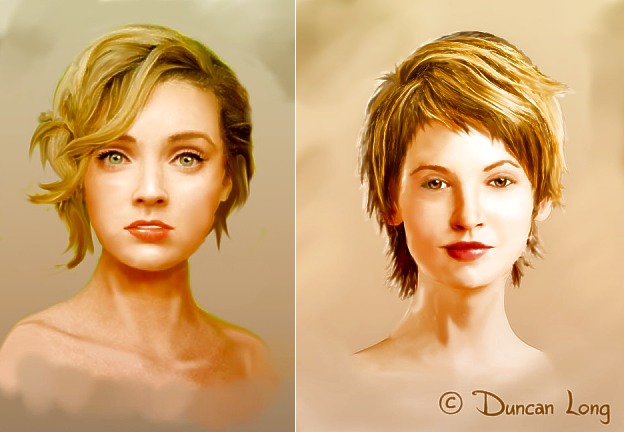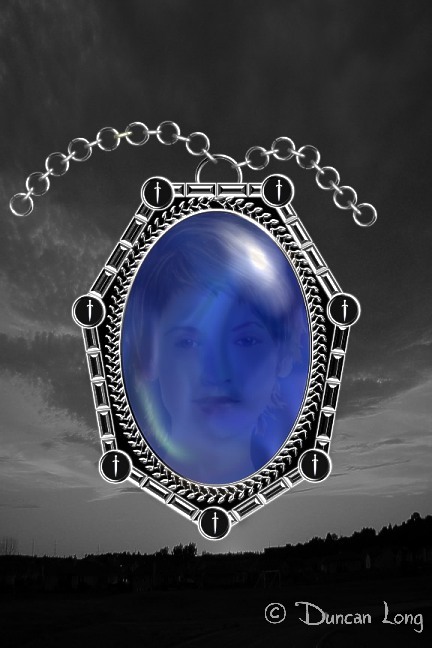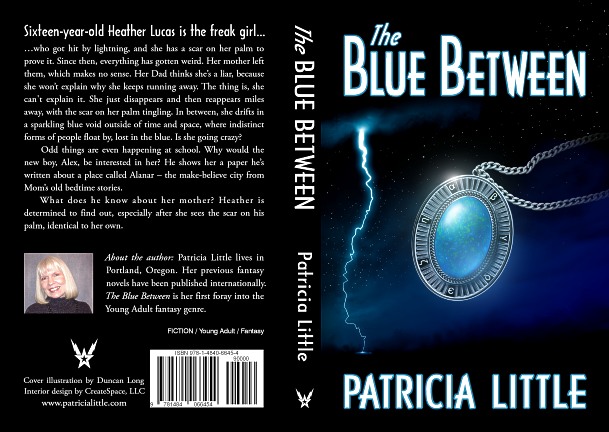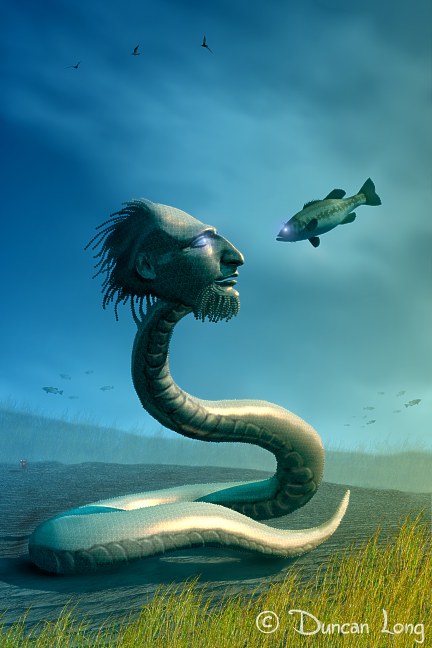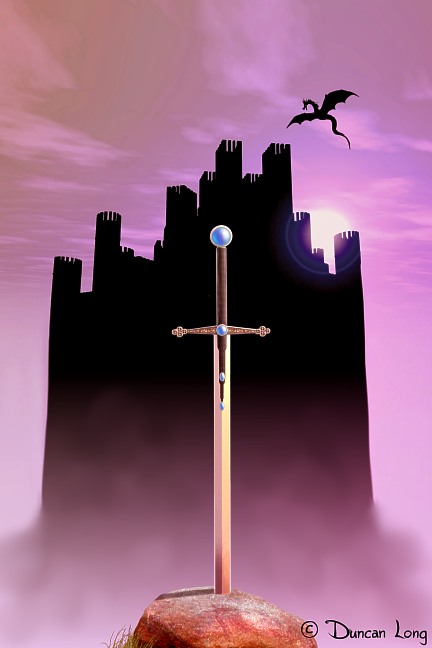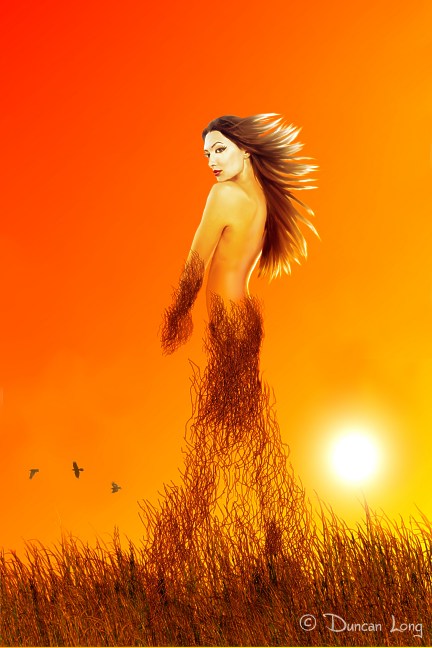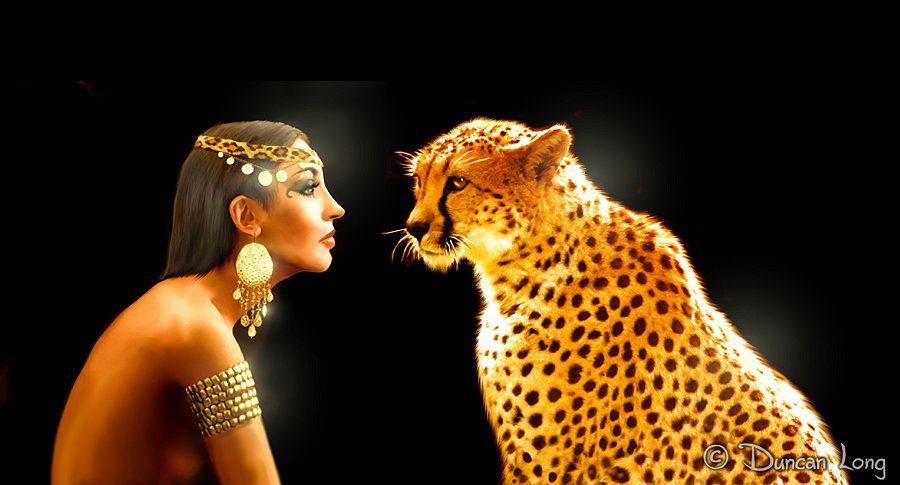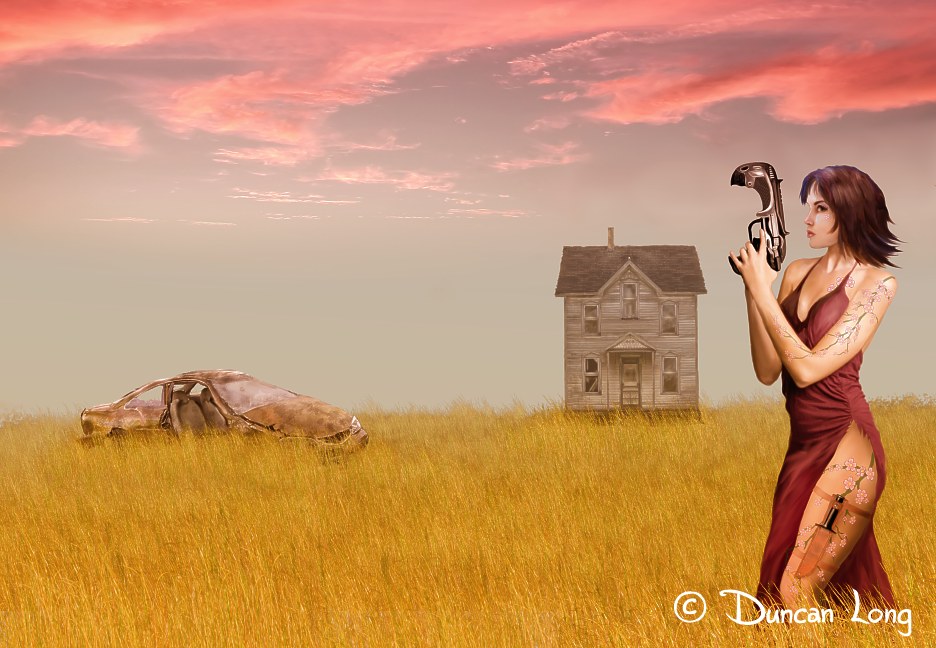
For many authors, piracy is killing their careers. This is especially true with some genres like science fiction and horror where an author may see 10,000 downloads of a pirated title with only a few hundred sales (and sadly I’m not exaggerating with these numbers). While all those pirated copies don’t translate into lost sales, some of them do.
What if there were a way to transform those pirated copy downloads into “sales” that put money into an author’s pocket?
If that were to happen, the piracy issue would be stood on its head. Authors, instead of issuing take-down notices, making threats, and generally cursing the theft, would encourage folks to “steal my book.” Abruptly there’d be a shift of publishers, authors, and even government agencies from attempting to limit the downloading of free ebooks to encouraging such downloads and file sharing.
This isn’t pie in the sky.
There are several models that could do this.
One has already been used. A few years back, WOWIO offered all the ebooks at its site for FREE — with the authors of each book getting paid for each free download. While this sounds impossible, it was made practical by placing a few pages of ads in each book. Advertisers basically paid for the cost of distribution and royalties. WOWIO pocketed a bit for its services and the readers got a free ebook to read.
Everyone was happy.
Sadly WOWIO was a bit ahead of its time and also used the PDF format when Kindle and others employed other ebook files for their books. Thus WOWIO failed to get enough readers and sponsors to make its project viable. Since then the company has gone back to selling ebooks, with only a very few promo books available for free.
But the model has the potential to negate the “theft” aspects of piracy through free ebooks, and as such is worth considering.
To make this model work over the entire ebook industry, all that’s needed is a mechanism to “count” eyeballs viewing an ad. Then the stage will be set for authors/publishers to get paid for their work and readers to get free or low-cost ebooks.
Such a system wouldn’t require rocket science to put in place. It would be much more than an afterthought with today’s technology.
But such a tracking system isn’t essential. The tracking could even be “low tech” with just a slightly different payment model. Advertisers could employ an old trick used by mail-order businesses for almost a century now. When someone buys a product, they supply the advertiser with a code keyed to the ebook the ad appears in. The minute the advertiser gets an order, he would know what ad/ebook generated the order.
With mail order this is done with the old “Department” so and so added to the advertiser’s address. The “Department” actually is a code telling what issue of a magazine or newspaper the ad appeared in. For example, “Dept. 6SW” might be used to designate the June issue of Short Wave magazine — thus when the guy at the ad desk saw “Dept. 6SW” he knew where the ad that generated the order had come from. A slightly more complex system used with ebooks could generate a “per sale” royalty to be paid to the author and publisher.
To be sure advertisers didn’t cheat, the ads could be sent first to the publisher to record and then on to the advertiser so the order could be filled. Again, the more ebooks/ads the author gets out there, the greater the chance of orders being made, and the greater the earnings potential of each free ebook that is downloaded.
Of course for display ads for big-ticket items like cars, TVs, or what-have-you, this system wouldn’t work. In such cases the models used today with magazine and TV ads would be used; basically the publisher would keep track of how many ebooks were downloaded from the various torrent and file-sharing sites (or perhaps these numbers would even be sent via these sites in exchange for the publisher releasing new titles directly to the sites). These display numbers would then be presented to advertisers as “circulation numbers” with payments figured according to how many eyeballs the ad had reached.
So even a hundred-year-old tracking system or the current system used by TV and magazines could make the free ebook work for authors/publishers and advertisers.
What’s the downside?
Well, not much if at all once the system is up and running.
Sure, there are a few readers (I won’t call them “snobs” but…) who might object to ads in books. However ads regularly appeared in paperbacks in the 1950s and 1960s and no one objected. People are used to seeing ads everywhere and readers will soon become accustomed to a few pages of ads in their ebooks.
Don’t think so?
Well, I’d bet those who object the loudest to the notion of ads in ebooks right now most likely thumb through magazines or read newspapers (all loaded with more ads than articles) without complaint. Basically it just depends on what we’re used to.
Additionally, once readers understand that a “free” ebook is paid for by advertising, they won’t think twice about a few ads in a free book (and if they do, authors can sell ad-free ebooks to them with a price tag that reflects the difference to such customers). I suspect a few “this page of ads made your book free” public service notices could easily win most readers over.
Now, consider the transformation the free-with-ads-ebook model could make: If ebooks become free with ads that can be tracked and counted, each copy that’s read would make the author and publisher money (and the advertiser as well through more sales of their product) — even if it is distributed on what are now pirate sites.
Overnight torrents and other pirate sites would be helping authors rather than hurting them.
And the pirate sites — also ad supported — likely would make more money as well since the traffic to the sites would increase as folks realized they could download free ebooks without guilt. No longer would there be any stigma attached to free downloads and file sharing. No more government threats to close the sites and jail the owners. Piracy would be transformed into a way to actually help authors who are offering the reading entertainment we have grown to love and want.
Additionally, the poor could have also have access to just as many books as the rich now do. The system would be a great economic leveler, placing ebooks into the hands of people all around the world for free — while still helping authors and publishers.
This system would basically be a win/win/win/win/win situation (I may have left out some win’s, but you get the idea).
My only question is this: Will enough readers, publishers, authors, and advertisers be brave enough to make this work?
Stay tuned….
============================
Duncan Long is a writer/illustrator whose worked in the publishing industry for decades, with nearly 100 of his books published including 12 novels with HarperCollins. Often vexed by the piracy of his books, he currently makes his living mostly as a book cover illustrator for publishers and indie authors. See his book cover pictures at Duncan Long’s Portfolio of Book Cover Artwork.
